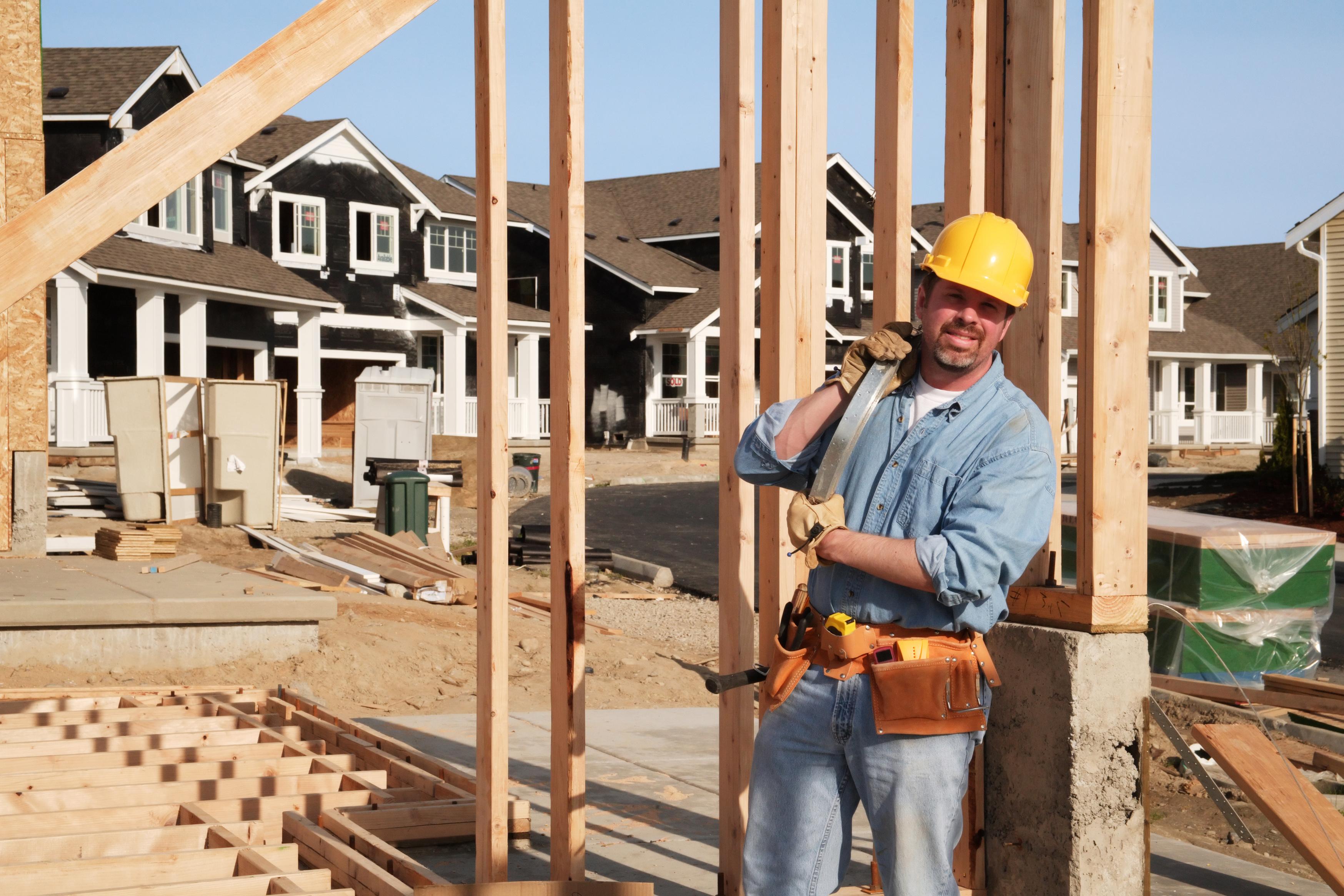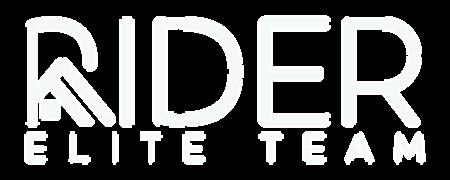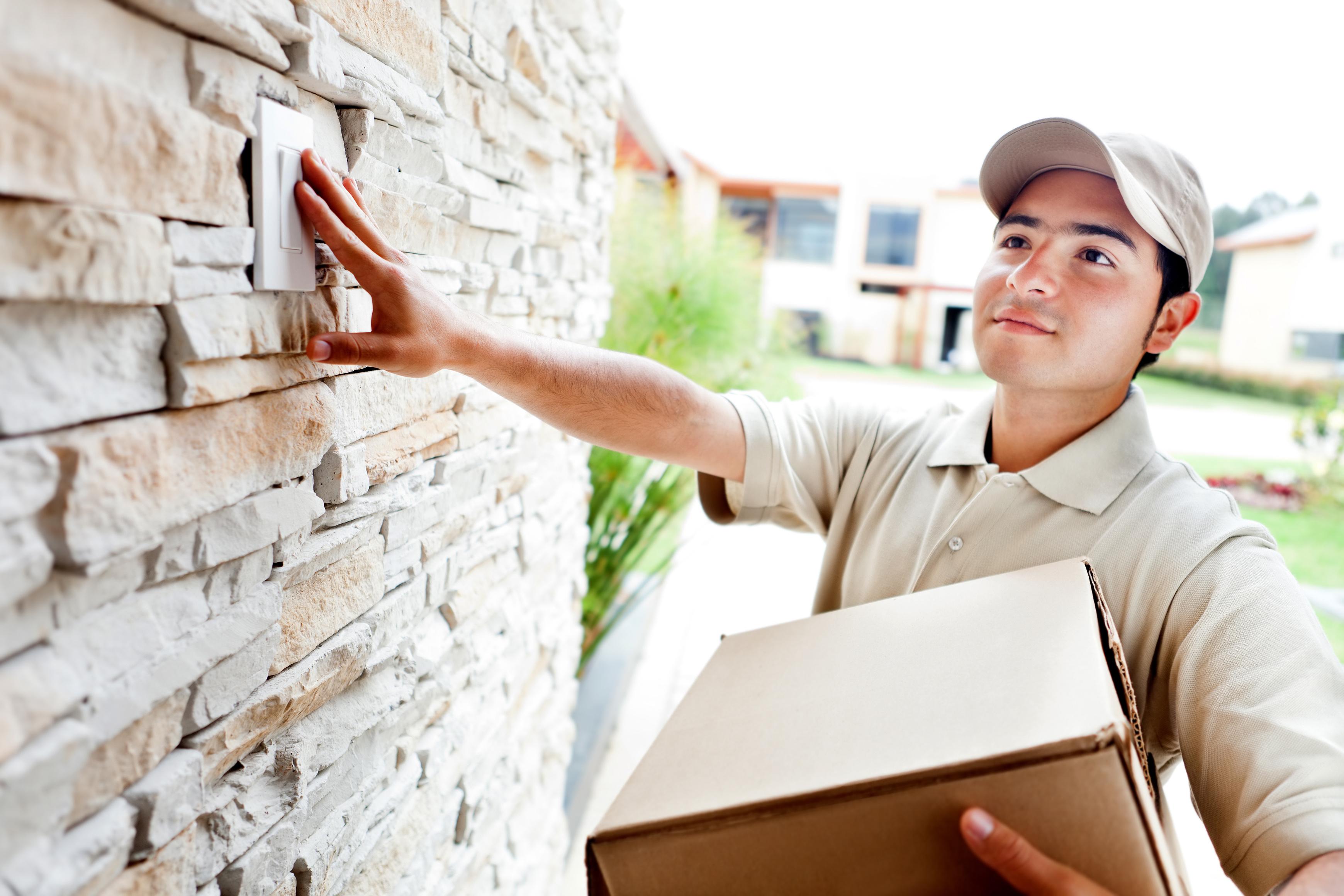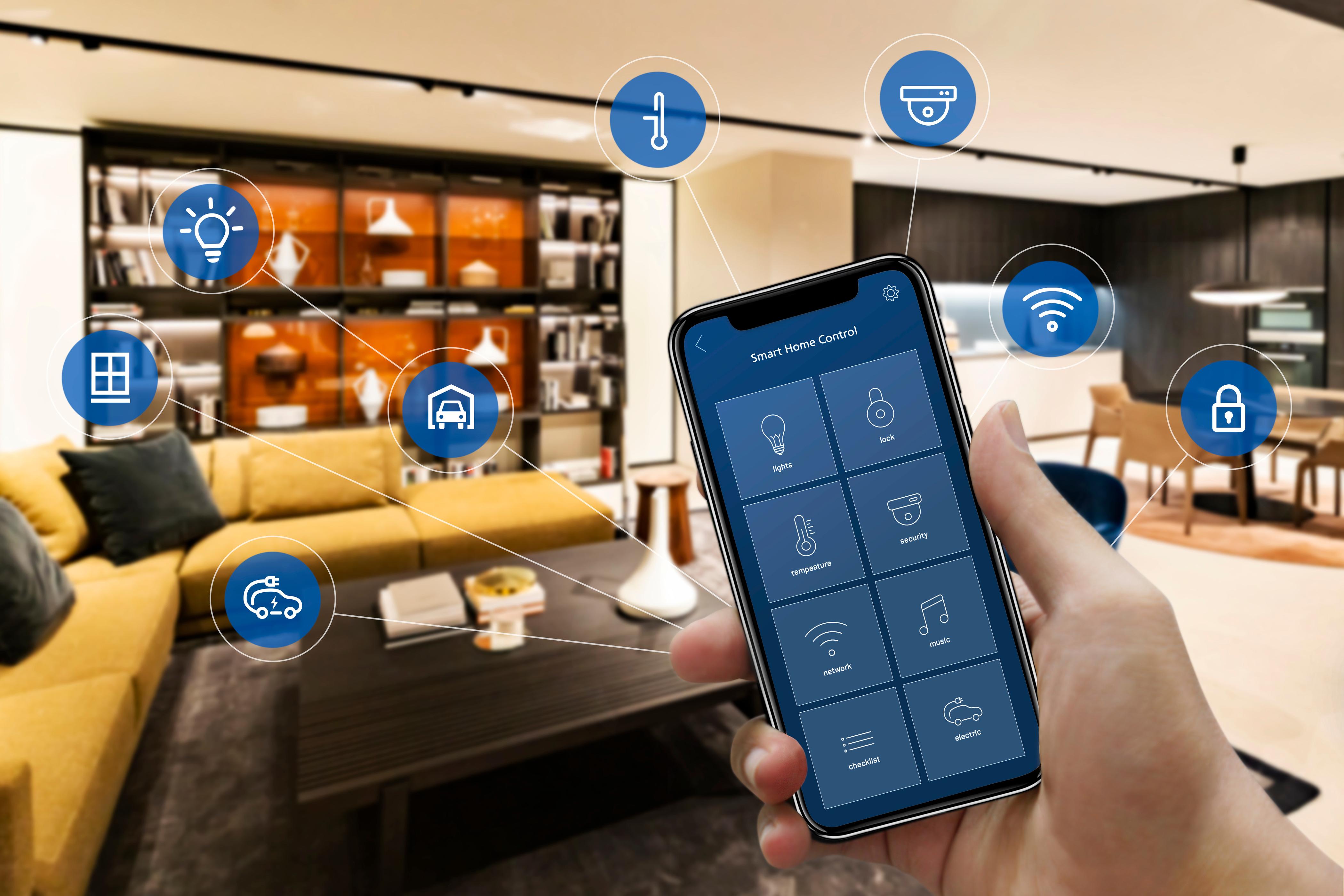











The United States is not building enough homes to account for the number of people setting up their own households. As a result, there is a sizable shortage of new homes after more than a decade of under-building relative to population growth, according to a new analysis from Realtor.com .
In the decade between 2012 and 2022, 15 6 million households were formed
During the same time period, 13.3 million housing units were started, and 11.9 million were completed. This includes 9 03 million single-family homes and 4 2 million multi-family homes. Of those, only 8.5 million singlefamily homes and 3.4 million multifamily homes are completed.
In the second half of 2021, single-family homes were being both started and completed at the fastest pace in the last decade The first part of 2022 continued the previous year's trend until mid-year, when mortgage rates surged as part of the Federal Reserve's historic campaign to rein in inflation
The rate of overall housing starts slowed in 2022 while completions climbed. In 2022, roughly 1 million single-family homes were started, which is 10.6% fewer than in 2021, though still more than in any other single year back to 2012 "While that brings greater supply to the market, most of it will be used for rentals and won't address ongoing affordability challenges in the forsale space," said Hannah Jones, economic data analyst at Realtor com
Multi-family housing can ease ongoing housing affordability challenges by providing more supply for renters But while a single-family home typically takes 7 months to complete, multi-family housing takes a lot longer, at 15 months, so it will take more time for those units to come to market.
According to the analysis, multi-family properties made up, on average, 32% of housing starts between 2012 and 2021, but grew to 35% in 2022 as mortgage rates spiked and prices in the purchase market led to a pullback in demand for singlefamily homes.


this led builders to pivot to the multifamily market, which is dominated by rentals Nearly all 95% of multifamily units started through the first three quarters of 2022 were intended to be used as rentals. Despite this boost in multi-family building, a supply gap persists
But in 2022, the United States saw the highest level of yearly household formations in the last decade, with 2 06 million new households, outpacing housing starts The gap between single-family housing starts and household formations grew from 5 5 million at the end of 2021 to 6 5 million at the end of 2022 as household formations rose and single-family home construction dropped
If building and household formation were to continue at their current pace growing household formation combined with slowing housing starts the gap would never close. Closing the total housing gap requires an increase in both single-family and multi-family supply to help return balance to the housing market by taking pressure off both sale and rent prices, the analysis found
"As inflation and mortgage rates likely soften later this year, buyers are likely to return to the market and be in search of an affordable home, and the ongoing housing supply shortage will only continue to put pressure on the market," said Danielle Hale, Realtor.com's chief economist.The housing market felt the impact of the ascent of mortgage rates, red-hot buyer demand cooled and builders started to pull back on single-family home starts
The good news is that overall inventory levels are increasing from their pandemic lows.
Discover 34 Ways to Increase Traffic
Unlock the Secrets to Internet Leads and Conversion
Learn the 5-Step Program for Preventing Cancellations
Explore New Home Ambassador Realtor Brokerage Training

Nationwide Referral Network of New Construction Specialists

National Guaranteed Sale Program - "Buy Now... Sell Later"
Lease Satisfaction for Renters

Lease Option - Wealth Building
i-Buyer Protection Plan - Nationwide America's Leading Home Selling Program

Life events cause people to move. The 6 life-event triggers are: diapers, death, diamonds, divorce, diplomas and downsizing.
Concierge Services: Save time and money by using our Concierge services to connect your client's utilities and home services when they move.
Homeowner Discounts: Deliver valuable offers and discounts on the products and home services your clients need precisely when they need them. And much more!
Homebuyers can get a FREE video doorbell at closing by just giving us a referral!

Or, homebuyers can use our online Benjamin Moore Paint Design Board and our Designers will create several initial designs based on their color preferences, and find the design palette they love!


With an aging population comes an increasing need for homes with agingaccessible features. When people grow older, their physical, cognitive and sensory capabilities significantly decrease. After taking a look at the related literature, research has shown that smart home technologies and related services can help older adults make their daily tasks easier and improve their overall quality of life While smart home technology was initially focused on increasing security and energy savings, its scope has been gradually shifted to improve the overall quality of life Specifically, smart homes are often employed to assist elderly and disabled people
According to the 2021 National Association of Realtors’ Home Buyers and Sellers Survey, 20% of the home buyers purchased a new home instead of a previously owned home because of the smart home features and green/energy efficiency

For older adults, according to a study by The Hartford and the MIT AgeLab, 51 percent of homeowners age 50 and older already had smart home technology or were interested in getting it. Of those who do not currently have smart home technology but plan to purchase it or are interested in getting it, about half (49 percent) are willing to spend between $101 and $500 on it in a given year.
The “top 10 smart technologies” for adults are:
Smart smoke and carbon monoxide detectors
Wireless doorbell cameras
Keyless entry
Automatic lighting
Smart water shutoff valves
Smart home security systems
Smart outlets/plugs
Smart thermostats
Water and/or mold monitoring sensors
Smart window blinds
Nevertheless, there are even more benefits of smart home technologies, especially for households with specific health conditions Emerging technologies such as smart beds and smart fall detection systems can make aging in place a safer and more viable option for these people. For instance, smart beds allow people with health issues to customize their beds in order to satisfy their needs
Whilemostolderadultshaveastrong desiretoageinplace,thenumberof agers-in-placewillalsoriseasthe populationofolderpeoplecontinues toincreaseinthenextdecade.Smart hometechnologieshavethepotential toplayasignificantroleinenabling olderpeopletoageinplace.